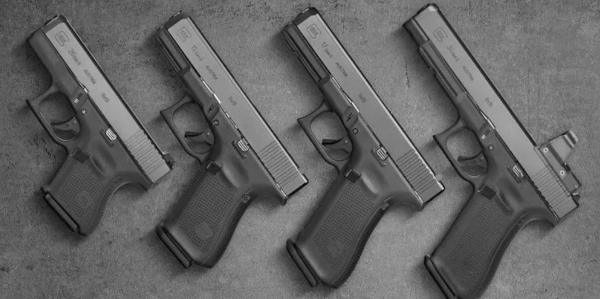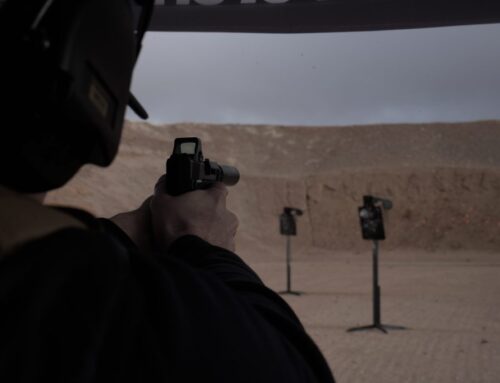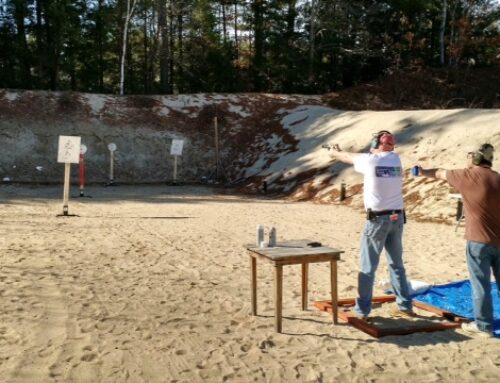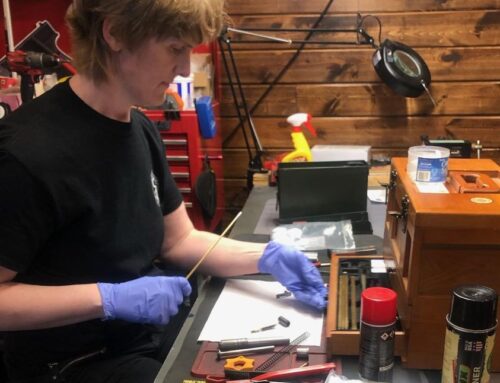Buying your first handgun can be especially difficult and challenging. This is a big investment of several hundred dollars into an item that’s used to potentially save your life. It’s not something that should be an impulse purchase or done without a little bit of thought and planning. With that in mind, I do have a few tips for purchasing your first hamdgun that might at least give you a framework to research. You don’t know what you don’t know, so let’s eliminate some of the things you don’t know.
Having a Type?
In the world of handguns, there are two basic types. There are semi-automatic pistols and revolvers. These represent 99% of defensively oriented handguns. Each has its strengths and weaknesses. Automatics often hold more ammunition and are faster to reload. Revolvers offer a very simple manual of arms and tend to be easier to use in super close quarters. There is more to it than that, and you should be well-versed in their differences.
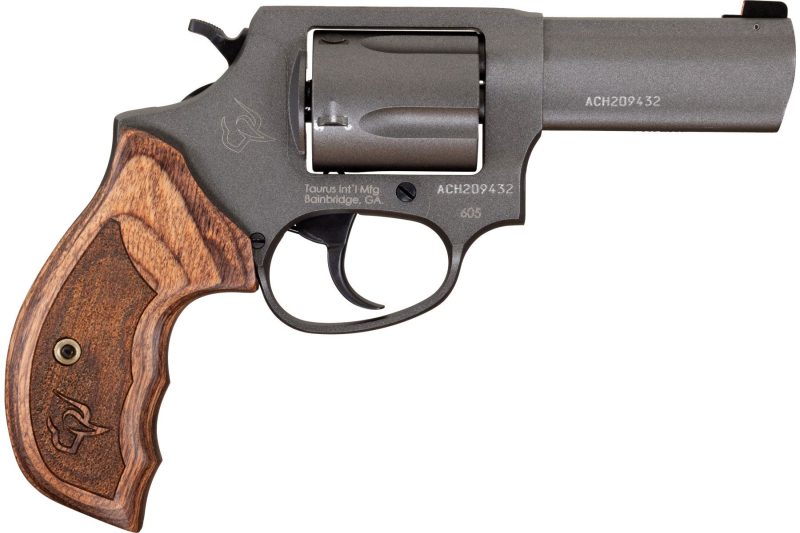
Do not make assumptions or blindly listen to advice. I’ve seen people often suggest a revolver for someone with hand strength issues. They often can’t rack the slide of a handgun, but they quickly find out the double action design of the revolver’s trigger isn’t for them either. Research, educate yourself, and, if at all possible, rent both types and give them a run. That’s the best way to find your first handgun.
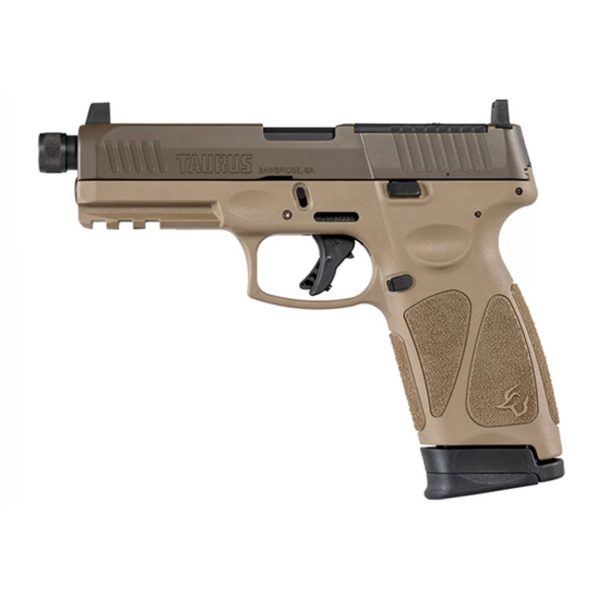
What About Caliber?
Opinions about the proper carry caliber are a contentious and often nonsensical debate in the gun world. Admittedly you need a caliber that can reach the vitals of an attacker. The most accepted test is the FBI gel test that states a particular caliber and laid needs to reach at least 12 inches in properly calibrated ballistic gel.
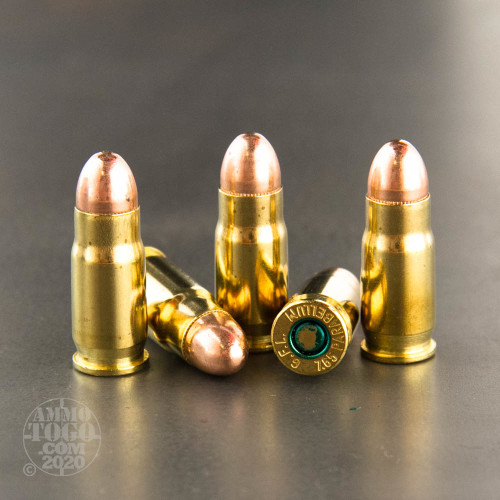
There is no such thing as stopping power, and size differences between bullets do not guarantee one is more capable than another. At the end of the day, shot placement counts more than anything else. With that said, you are free to carry whatever caliber you want. My advice can be broken down as such.
- Be capable of finding guns of that caliber
- Make sure the ammunition is affordable enough to train with
- Ensure you can easily find that caliber.
- Ensure you can find proper defensive loadings of that caliber.
- Go shoot that caliber a few times.
All of these are pretty important to consider. It should finish with you taking that particular caliber for a spin. If you want a simple answer, then I’d say it’s tough to beat 9mm in nearly any sized gun. I typically wouldn’t suggest anything with a magnum in the title for new shooters, especially
in small guns.
Being Size Wise
When it comes to firearm size, everything is a compromise. The smaller the gun, the harder it is
to shoot, and the larger the gun, the harder it is to conceal. Smaller guns tend to have more recoil and muzzle rise, and this can be worse, depending on caliber. A pocket-sized .380 ACP seems small, but it will fight its way out of your hand and recoil seemingly more than a .357 Magnum with a three-inch barrel.
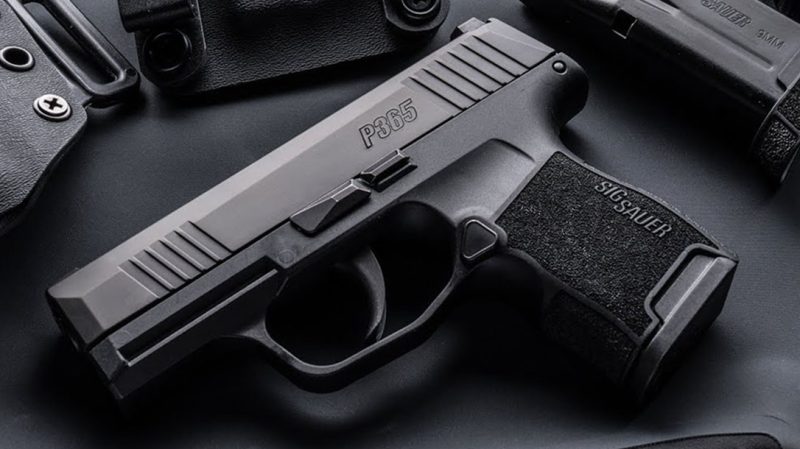
It’s all a compromise, and you have to find the right combination of size and caliber to fit your needs. For concealed carry, I typically advise against pocket pistols. I prefer a small, subcompact firearm like the P365. For home defense, I often suggest a large firearm as they tend to be easier to control and have higher capacities, like the CZ P10F.
If you need something that can do both, then a compact gun like the Glock 19 or P320C might
be the right route to take.
Features, Features, Features
What features do you need versus features that you want? A self-defense firearm can often get away just fine in a stock configuration. Adding lights and optics is nice but not necessary by any standard. When shopping, it might be smart to evaluate these features and figure out if you want the option in the future to add these accessories.
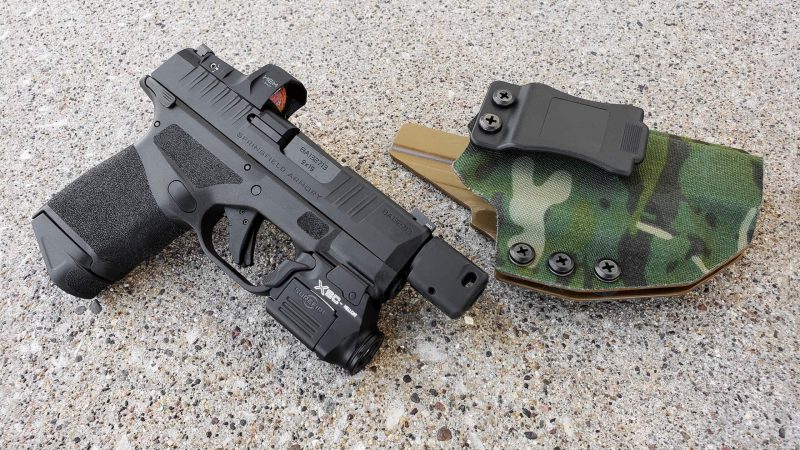
This factor shouldn’t override the previous decisions. If I found a gun that was lights and optics
ready but was in .41 HardtoFindandExpensive, I’d probably move on.
Research It
The gun industry is a lot like the car industry. They offer something for everyone. If you have weak hands, then you might want something like the Shield EZ series from S&W. Maybe you want a compact 9mm that’s optics and light-ready, so the P365XL is for you. Maybe you want a revolver that’s compact but has a three-inch barrel and si red dot ready. Well, the new Taurus 856 TORO is an option.
When you figure out your specific needs, start researching. You are almost sure to find the right first handgun for your needs. Buying a new handgun doesn’t have to be hard, and a little research and the right framework can take you a long way.
ABOUT THE AUTHOR:
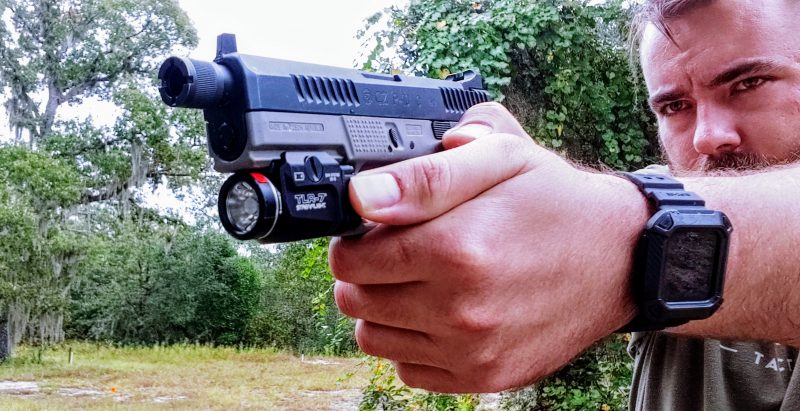
Travis Pike is a former Marine Machine gunner who served with 2nd Bn 2nd Marines for 5 years. He deployed in 2009 to Afghanistan and again in 2011 with the 22nd MEU(SOC) during a record-setting 11 months at sea. Travis has trained with the Romanian Army, the Spanish Marines, the Emirate Marines, and the Afghan National Army.
He serves as an NRA-certified pistol instructor and pursues a variety of firearms-based hobbies



